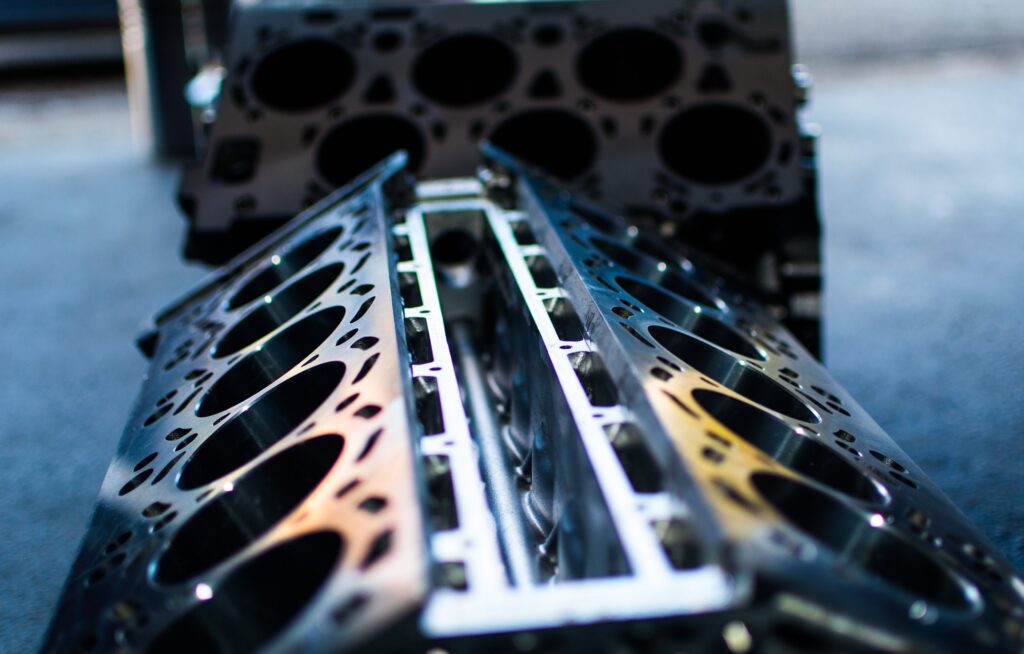A cylinder block is also known and interchangeably used with engine block. The main purpose of the cylinder block is to hold all the key parts of your engine. Commonly made of aluminum alloy in modern vehicles and cast-iron on older vehicles and trucks, cylinder block also transfers heat from friction to the atmosphere and the engine coolant.
What the cylinder block does is that it supports your engine’s stability as well as its lubrication while holding up different temperatures and loads. It transmits oil to all components of the engine and lubricates all the vital parts and that is the reason why it is also known as the heart of your engine.
Now, if you’re unsure whether what you are experiencing right now is a problem with the cylinder block, here are three common things to recognise them.
Cracked Cylinder Block
After so many years of using your vehicle, sooner or later, the even walls of the cylinder block will deteriorate to the point that it can no longer seal the piston rings completely. Occasionally , it can develop a crack that will result in engine reconditioning. Overheating comes with a severe crack because the crack can cause the antifreeze to leak from it. This can be recognized by white smoke rising from under the hood and a rise in the temperature’s gauge.
Water or Antifreeze Under the Engine
Once again, if the cylinder block cracks, it will begin to leak. If you find a pool of water or antifreeze under the engine, the cylinder block can sometimes be the culprit itself. Better to bring it to your mechanic for a checkup.
Poor Engine Performance
With a cracked cylinder block, you’ll definitely experience a noticeably poor performance of your engine. It would be better to bring it to your trusted mechanic to have it checked. Crack detection is important as not all cracks are too obvious to be seen by the naked eye.

